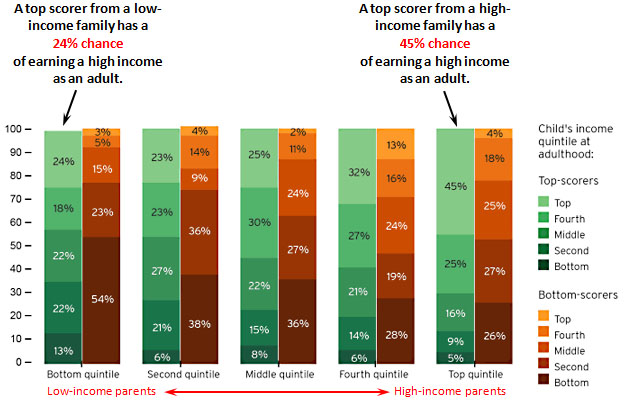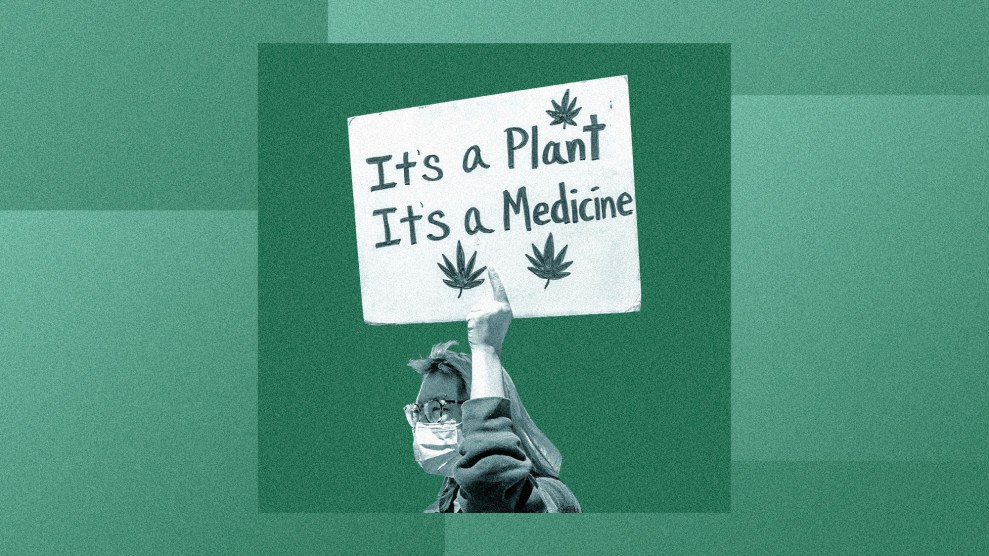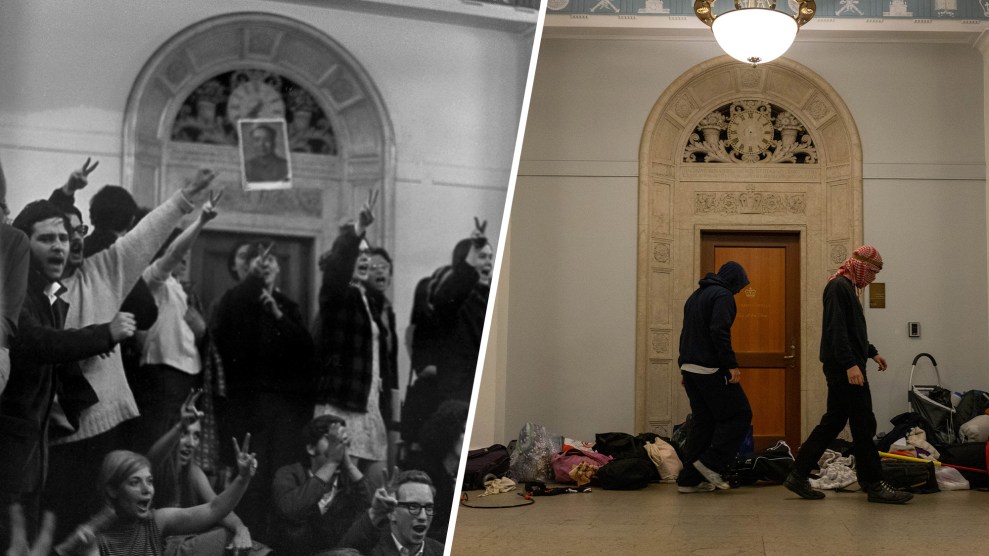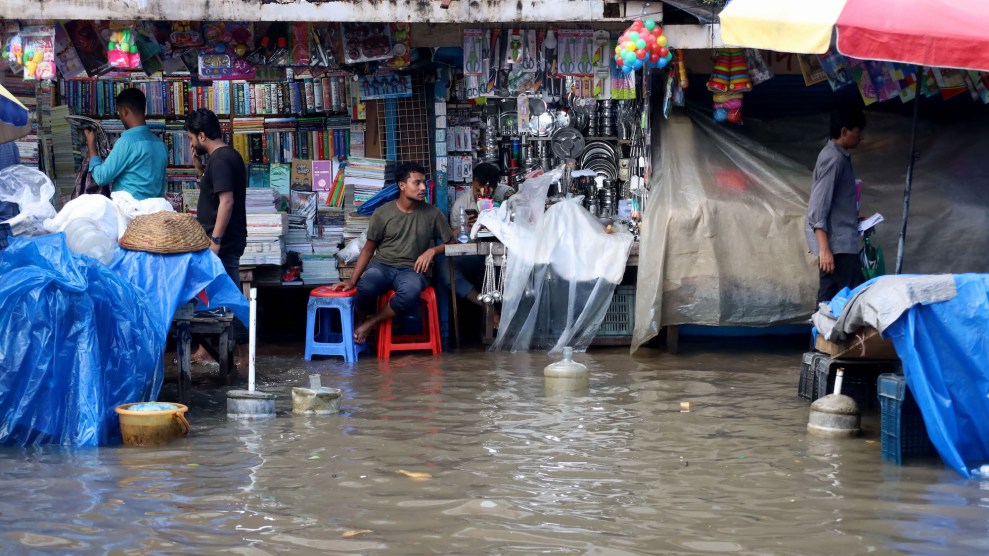Via James Pethokoukis, here’s an interesting tidbit of income mobility data from a new Brookings report. The chart below is a little tricky to read, but basically it shows how likely you are to make more money than your parents. You’d naturally expect smart kids to do better than dimmer kids, so it tracks that too.
Take a look at the green column on the far left. It’s for kids who grow up in the very poorest families. If you have high cognitive ability, you have a 24 percent chance of becoming a high earner as an adult. That’s not too bad.
But if you come from a high-income family, you have a 45 percent chance of becoming a high earner as an adult. Same smarts, different outcome.
No society will ever get this perfect. Still, there’s a huge difference between 24 percent and 45 percent. Better schools, more extracurricular opportunities, different skin color, bigger networks of connected friends, higher odds of going to college, and the simple ability to get in the door all give richer kids a huge leg up that poor kids don’t have. We obviously have a ways to go before everyone has an equal opportunity to succeed in America.


















